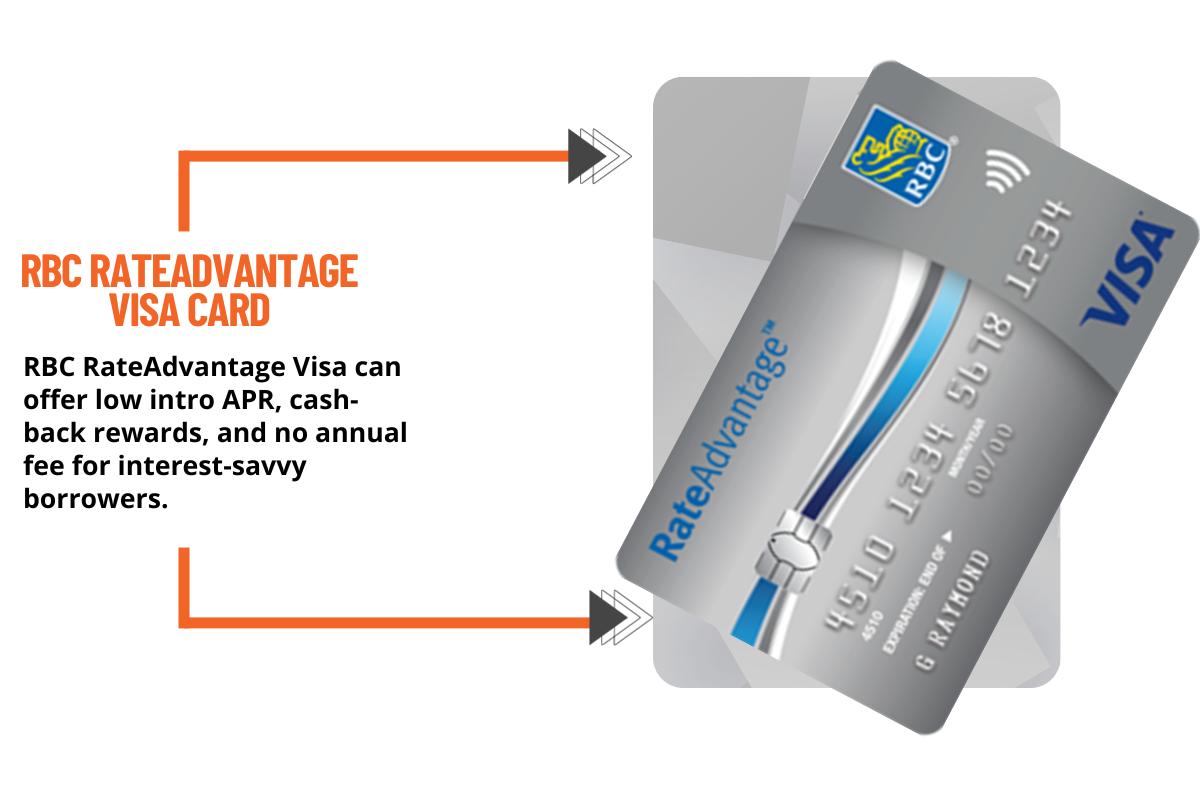
Credit cards with promotions on balance transfer can be a powerful tool for saving money on debt. These cards often offer introductory 0% APR periods, allowing you to transfer high-interest balances and pay them off without accruing interest. This can be a lifesaver if you’re struggling with credit card debt, but it’s important to understand the terms and conditions of these offers before you jump in.
Balance transfer promotions typically come with transfer fees and minimum payment requirements, so it’s crucial to factor these into your calculations. You also need to be mindful of the promotional period. If you don’t pay off the balance before the introductory rate expires, you’ll be hit with a much higher interest rate, potentially making your debt situation worse.
Introduction to Balance Transfer Credit Cards

Balance transfer credit cards are a type of credit card designed to help consumers consolidate high-interest debt from other credit cards into a single account with a lower interest rate. These cards offer a temporary promotional period with a significantly reduced interest rate, allowing cardholders to pay down their debt faster and potentially save money on interest charges.
The primary function of a balance transfer credit card is to provide a means of transferring outstanding balances from existing credit cards to a new account with a more favorable interest rate. This can be particularly beneficial for individuals with high credit card balances who are struggling to make minimum payments or are concerned about accruing substantial interest charges.
Benefits of Balance Transfer Credit Cards
Balance transfer credit cards offer several advantages that can be beneficial for consumers looking to manage their debt effectively. These benefits include:
- Lower Interest Rates: The most significant advantage of balance transfer cards is the opportunity to secure a lower interest rate on your existing debt. This can result in substantial savings on interest charges over time, allowing you to pay down your debt faster.
- Debt Consolidation: Consolidating multiple credit card balances into a single account simplifies debt management and makes it easier to track payments and monitor your overall debt level.
- Improved Credit Utilization: By transferring balances to a new card, you can potentially reduce your credit utilization ratio, which is the percentage of your available credit that you are using. A lower credit utilization ratio can have a positive impact on your credit score.
Features and Terms of Balance Transfer Offers
Balance transfer credit cards typically come with specific features and terms that are important to understand before applying. These features may include:
- Introductory APR Period: Balance transfer cards often offer an introductory APR period, during which you can enjoy a significantly lower interest rate on your transferred balances. This period can vary from a few months to a year or more, depending on the specific offer.
- Balance Transfer Fees: Many balance transfer cards charge a transfer fee, typically a percentage of the transferred balance, to cover the costs associated with processing the transfer. These fees can vary significantly from card to card, so it’s important to compare offers carefully.
- Minimum Payment Requirements: Balance transfer cards have minimum payment requirements that must be met each month. Failing to make the minimum payment can result in late fees and potential negative impacts on your credit score.
Factors to Consider When Choosing a Balance Transfer Credit Card, Credit cards with promotions on balance transfer
When selecting a balance transfer credit card, it’s essential to consider the following factors:
- Introductory APR: Look for cards with the lowest introductory APR and the longest promotional period to maximize your savings.
- Balance Transfer Fee: Compare the transfer fees charged by different cards and choose the option with the lowest fee or no fee at all.
- Credit Score Requirements: Ensure you meet the credit score requirements for the card you are considering. Some cards may have higher credit score requirements than others.
- Other Fees: Be aware of any other fees associated with the card, such as annual fees or late payment fees.
Epilogue: Credit Cards With Promotions On Balance Transfer

By carefully considering the factors Artikeld above, you can use balance transfer promotions to your advantage and make significant progress toward your financial goals. Remember, the key is to use these cards responsibly and strategically to avoid falling into a cycle of debt. With a well-thought-out plan, you can harness the power of balance transfer credit cards to save money and improve your financial well-being.
Popular Questions
How long do balance transfer promotions typically last?
Introductory 0% APR periods on balance transfer cards can range from 6 to 18 months, depending on the card issuer and the specific promotion. It’s crucial to check the terms and conditions to determine the exact duration of the promotional period.
What are the typical transfer fees associated with balance transfer cards?
Transfer fees for balance transfers typically range from 3% to 5% of the transferred amount. Some cards may waive the transfer fee for a limited time as part of a promotional offer. Make sure to compare fees across different cards before making a decision.
Are there any income requirements for balance transfer cards?
While there aren’t specific income requirements for all balance transfer cards, some issuers may consider your income when evaluating your application. It’s always a good idea to check the eligibility criteria for the specific card you’re interested in.
What happens if I don’t pay off the balance before the introductory period ends?
Once the introductory 0% APR period expires, you’ll be charged the standard interest rate for the card, which is typically much higher. This can make it challenging to pay off the balance, so it’s crucial to have a plan in place to repay the debt before the promotional period ends.





